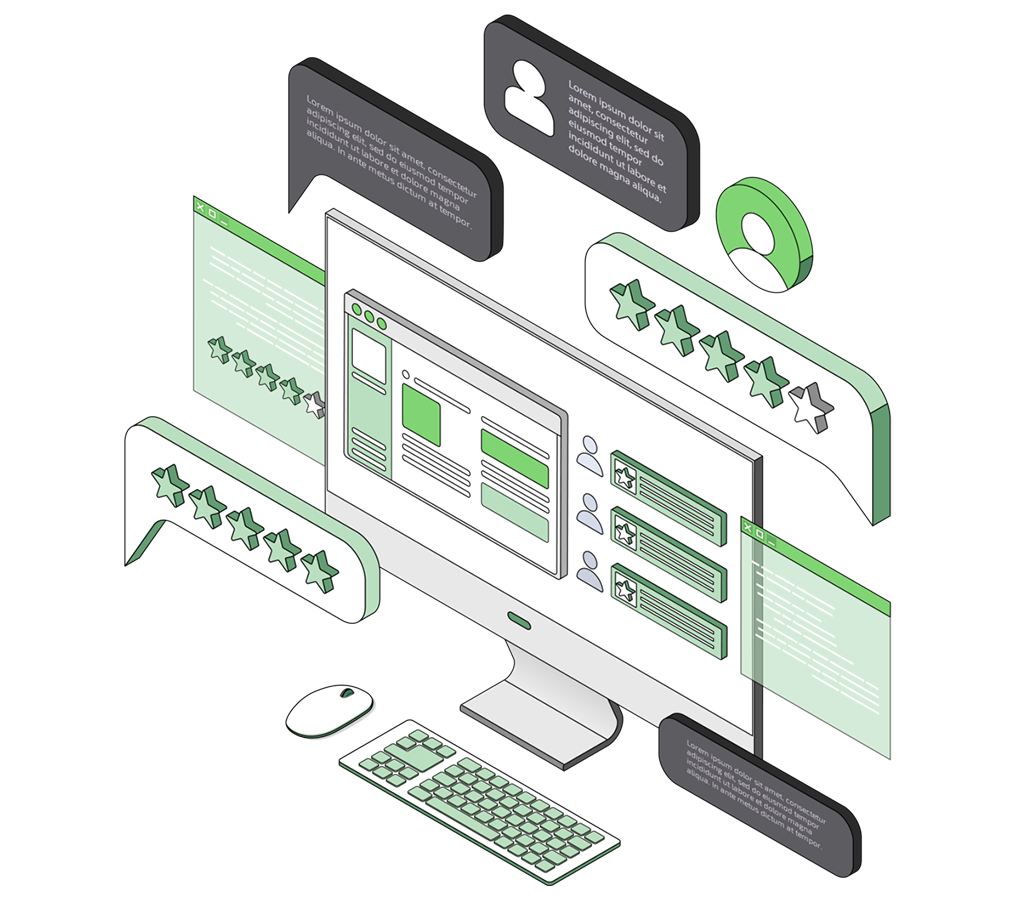Data Darwinism: The Survival of the Fittest Data
From Our Knowledge Base
Introduction
Data is not valuable on its own. It only has potential.
That potential becomes real only when data is processed into information.
In the modern enterprise, not all data makes it. Only the most useful, relevant, and timely data survives:
- Processed once.
- Fixed in context.
- Saved forever as information.
This is Data Darwinism.
The survival of the fittest data.
The rest just waits for someone who cares.

Data Survival Characteristics
In the era of overwhelming volume, not all data deserves to be saved—let alone reused.
Only some data makes it through.
The ones that do share a few essential survival characteristics—traits that allow them to move from raw input to lasting, usable information.
These are the qualities that make data fit to survive:
- Structured
Fit data has form. It follows patterns. It can be understood by systems and people alike. Without structure, data is just noise.
- Contextual
Data without meaning is a dead end. Fit data carries context—who, what, when, where, and why. It can answer real questions.
- Timely and Accurate
Stale data is dangerous. Fit data is either up-to-date or smart enough to reflect its relevance window. It’s alive to the moment.
- Accessible—but Controlled
Even the best data is useless if locked away. Fit data is findable, usable, and properly governed to avoid risk or misuse.
Data Inertia: The Default State
Until it’s needed, data does nothing. It just… exists.
No matter how structured, contextual, or up-to-date it is—even fit data still waits.
The key idea here is:
Data doesn’t seek out users. Users seek out data—but only when prompted by something real.
These prompts aren’t data events.
They’re human events—usually driven by business strategies, leadership’s need for action, or operational pressure. Even personal pressures trigger data events.
All of these measures have one thing in common: they are caused by questions with consequences—triggers that pull data toward purpose.
Business Triggers (Strategic Layer)
- Quarterly Planning: “What’s driving revenue this quarter?”
- Board/Investor Pressure: “Where are the risks and upsides?”
- Market Movement: “Why are we losing share in Region X?”
Operational Triggers (Tactical Layer)
- Campaign Underperformance: “Why did our conversion rate drop?”
- Customer Complaints: “Is this an isolated case or a pattern?”
- Unexpected Spend: “Where is this cost spike coming from?”
Personal or Team-Level Triggers
- Performance Review: “How did I contribute to the outcome?”
- Cross-team Collaboration: “Can I trust their numbers?”
- Accountability Moments: “Am I making the right call?”

What unites all these triggers?
They’re moments of intent—moments when someone or something reaches for data, not just because it may be interesting, but because there is a need to act.
The Modern Enterprise Awakens:
From Passive Storage to On-Demand Intelligence
The old way of managing data wasn’t just inefficient – it was unsustainable.
Companies stored everything.
Processed too much. Processed too often. Processed… because no one told them to stop.
They built reports no one read. Burned compute on static snapshots. Repeated the same work again and again.
Rinse and repeat.
And yet—most questions still went unanswered.
Why?
Because even “fit” data was trapped in a loop: Reprocessing. Rediscovery. Reinvention.
All under the guise of machine learning.
Each round promised “optimization,” but the gains became so small, they took on an inertia of their own.
A New Perspective
Now, a new generation of companies is waking up to a new perspective.
An approach where value doesn’t come from volume, but from an enterprise-wide need for optimization.
- Instead of storing more data, they store smart – as accessible, reusable Information.
- Instead of processing everything, they process only on demand.
- Instead of dashboards and data lakes, they build living knowledge—
Personalized. - Comprehensive.
Available to anyone, at any moment, with no wasted effort.
![]()
This is the age of unit processing.
This is the beginning of the era of Augmetrics®.
We want to hear from you.
We know that Augmetrics® is not a universal solution to sustainability problems that we face, but we also know it is a start; one that took over 10 years to develop.
